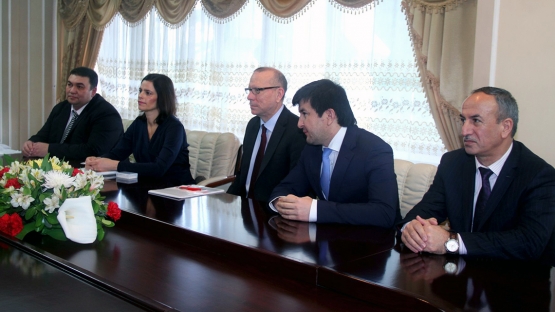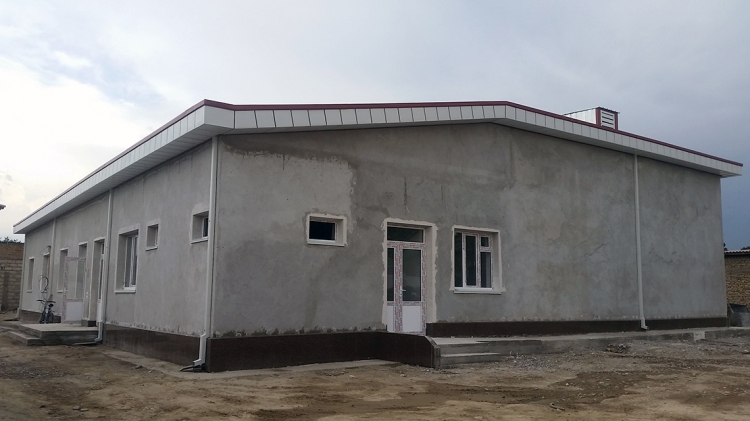Tajikistan, a country with a population of 8 million people, faces an increasing burden of non-communicable diseases, accounting for 59% of all deaths. Cancer is responsible for the second highest number of NCD deaths, second only to cardiovascular diseases. Given that more than half of all cancer patients require radiotherapy as part of their treatment, it is estimated that more than 3,000 cancer patients in Tajikistan require some form of radiotherapy every year.
At the moment, only one operational tele-therapy unit and one operational brachytherapy unit are available in the country, both located in the capital city Dushanbe. The lack of sufficient radiotherapy equipment, together with inadequate numbers of trained staff (including radiation oncologists, medical physicists, radiation therapists and supporting maintenance staff) means that there are significant gaps in national capacity to provide safe and effective cancer therapy.
The Government of Tajikistan has made improvements to the national healthcare system a priority. While radiotherapy services to support cancer treatment were established at the Republic Oncology Research Centre in Dushanbe some 10 years ago with IAEA support, the equipment and infrastructure is in urgent need of upgrade. The Government has now requested the IAEA for expertise and technical assistance in order provide the necessary services to cancer patients.
In April 2017, two agency staff (Brendan Healy, Medical Physicist, NAHU and Sandra Steyskal, PMO, TCEU) visited Tajikistan to discuss how the IAEA could support the country’s needs through the IAEA’s technical cooperation (TC) programme. The visit was coordinated via the National Radiation and Safety Agency, with the NLO Mr Ilkhom Mirsaidov playing a vital role. A plan for technical cooperation support, which prioritizes training activities and infrastructure upgrades, was agreed, and a new four year TC project is being planned for submission as part of the 2018 – 2019 TC project cycle. Given the scale of the country’s needs, resource mobilization activities via the Peaceful Uses Initiative, and amongst other donors, are also being explored.






